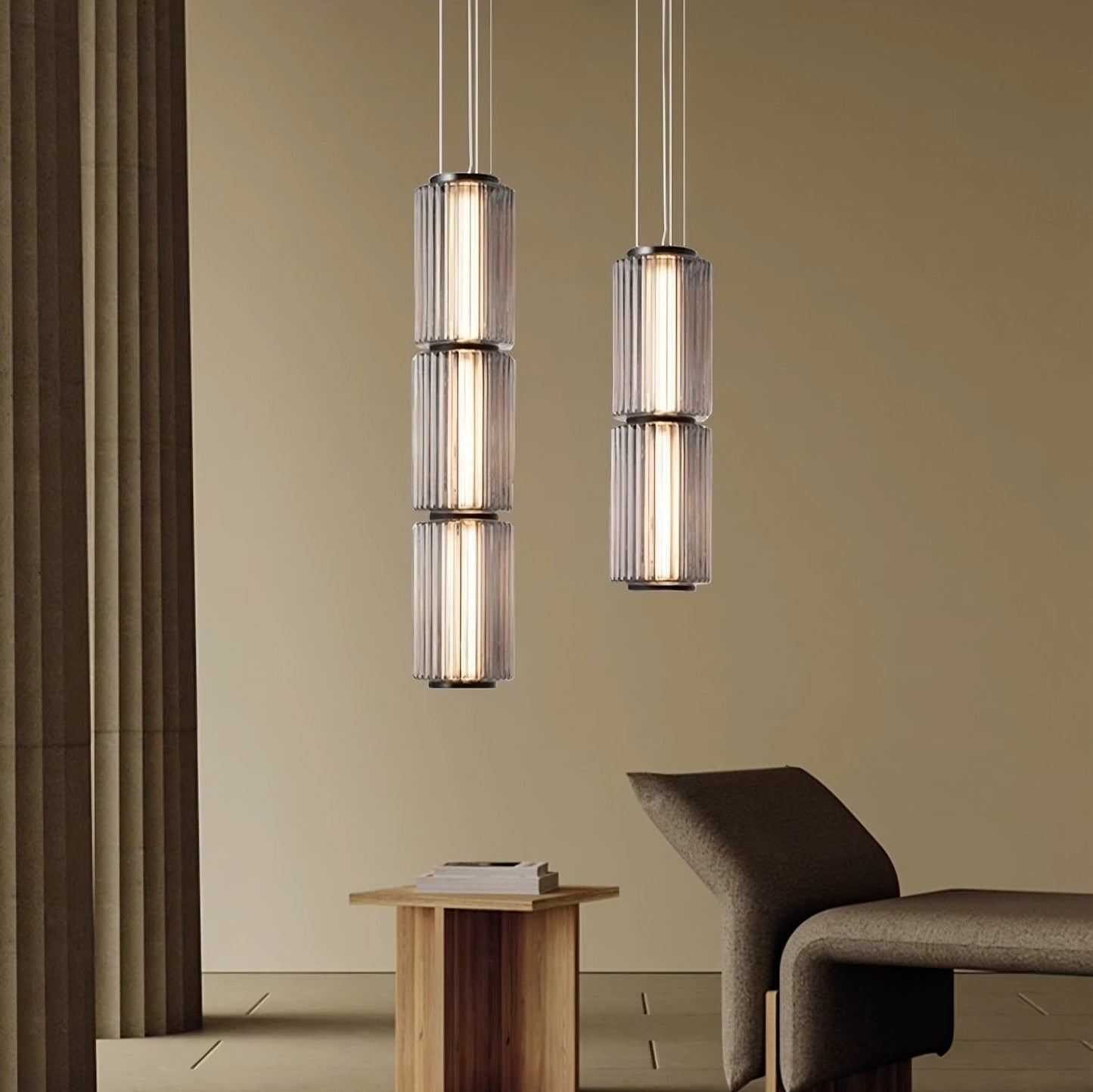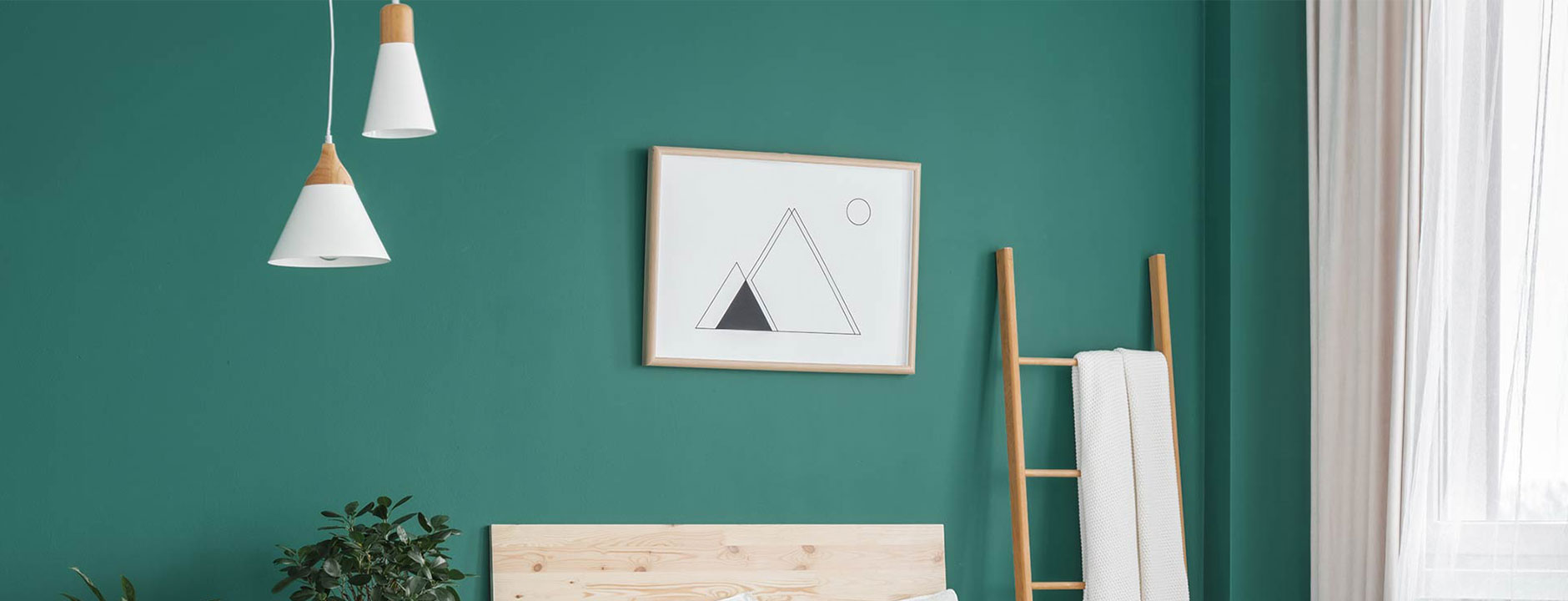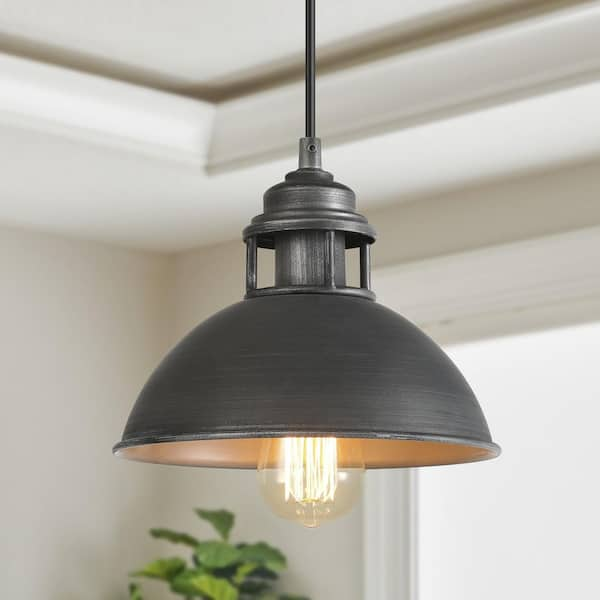A Comprehensive Guide to Putting Up and Preserving Your Necklace Light
Preserving a necklace and installing light calls for careful planning and execution. Appropriate elevation measurements can enhance both capability and layout. Important tools and a clear installment procedure are essential for an effective arrangement. Regular maintenance assurances long life and efficiency. Understanding these elements can transform an area. Understanding where to start could appear frightening. What actions should one focus on to accomplish the very best results?
Understanding Necklace Light Styles
While lots of house owners seek to boost their rooms with necklace illumination, comprehending the different styles offered is necessary for making an informed choice. Necklace lights are available in a wide range of designs, each offering unique visual and practical advantages. Typical pendant lights frequently include traditional forms and products, such as glass or metal, offering a timeless appeal. Contemporary designs, on the various other hand, might integrate cutting-edge materials and vibrant shades to develop striking centerpieces.
Industrial-style pendants typically utilize raw products like exposed light bulbs and rustic finishes, ideal for lofts and modern setups. For a much more wayward touch, vintage-inspired options stimulate fond memories with complex details and retro coatings. Additionally, minimal layouts focus on simpleness and clean lines, interesting those who prefer downplayed beauty. Understanding these diverse designs allows property owners to pick pendant illumination that not only matches their style yet also offers their practical lighting needs properly.
Measuring the Ideal Height for Your Pendant Light
Just how does one establish the ideal elevation for a pendant light? To accomplish the very best performance and visual appeal, a number of factors should be thought about. Normally, a necklace light need to hang 30 to 36 inches over a table to guarantee adequate lighting without blocking sights. Precede with high ceilings, the fixture may be placed somewhat higher to preserve proportionality.
For kitchen islands, a height of 28 to 34 inches over the kitchen counter is usually suggested, enabling ample light insurance coverage while keeping a welcoming atmosphere. In living areas, the pendant must be hung at an elevation that enhances the surrounding design and does not produce a hazard for individuals strolling beneath it.
Ultimately, personal preference and room dimensions play significant roles in establishing the excellent elevation. Evaluating different elevations prior to final setup may help achieve the wanted result and capability.
Tools and Products Needed for Installment
Effective installation of pendant lights needs a certain set of tools and materials to ensure a smooth procedure. Vital tools consist of a screwdriver, cord pole dancer, and a drill, which promote safe fixture attachment and proper circuitry. A voltage tester is crucial for validating security by guaranteeing that power is off before starting any kind of electrical job.
Along with tools, specific materials are required for installation. These consist of the pendant light fixture itself, electric wiring, cord nuts for safe connections, and mounting hardware. A ceiling hook might also be needed, relying on the component's style.
For included safety and security and comfort, a ladder will certainly help in reaching high ceilings, while a level assures that the light hangs evenly. Preparing these products and tools ahead of time improves the installment procedure, making it a lot more efficient and efficient. Correct preparation is important to achieving an effective pendant light setup.
Step-by-Step Installation Refine
With the essential tools and products collected, the installment process for pendant lights can start. First, the power supply must be transformed off at the circuit breaker to ensure safety and security. Next, the installing bracket requires to be affixed to the electric box in the ceiling. After safeguarding it, the electrical expert's tape should be utilized to cover any type of exposed cables.
Adhering to that, the pendant light's wires are connected to the matching cords in the ceiling: black to black (or red), white to white, and green or copper for ground. When the links are made, they should be protected with cord nuts.
The pendant light can then be connected to the placing bracket, making sure it hangs at the wanted height. Lastly, the light bulb is placed, and the power is transformed back on at the breaker, permitting the brand-new pendant light to brighten the room.
Keeping and Cleansing Your Necklace Light
What steps should be taken to assure the long life and visual allure of pendant lights? Normal upkeep and cleansing are crucial in maintaining their appeal and functionality. Dust and dirt can collect on necklace lights, lessening their luster. To clean, a soft, lint-free cloth or microfiber towel must be used, together with a gentle cleaner appropriate for the surface area material - Pendant Light. For glass or crystal pendants, a glass cleaner can boost quality without touches
It is recommended to turn off the light and allow it to cool down before cleansing. In addition, checking the fixture for loose bulbs or connections periodically assures safety and security and height performance. If suitable, changing light bulbs consistently stops strain on electrical parts. Finally, preserving a safe setting by avoiding direct exposure to moisture can substantially prolong the life of pendant illumination. Following these steps will maintain pendant lights looking their ideal while working properly.
Repairing Common Necklace Light Issues
When pendant lights breakdown, numerous typical issues may emerge, consisting of flickering light bulbs, incorrect setup, and voltage fluctuations. Determining the origin is important for reliable troubleshooting and making sure peak performance. Resolving these troubles quickly can enhance the longevity and functionality of necklace lights components.
Flickering Light Bulbs
Flickering light bulbs can be a resource of frustration webpage for house owners, often signaling underlying electric issues or simple maintenance demands. This sensation might stem from loose light bulb links, where the bulb is not safely matched the outlet, creating intermittent call (Pendant Light). In addition, damaged or aging bulbs might flicker as they near the end of their life expectancy. One more usual cause is inconsistent voltage, which can occur from problems within the electric system or overwhelming circuits. House owners need to also inspect for harmed circuitry, as this can bring about flickering and posture safety and security threats. Timely substitutes and normal examinations are vital to guarantee proper functionality and to keep a safe home environment. Identifying the source promptly can prevent further complications

Incorrect Setup Concerns
Inappropriate setup of necklace lights can result in a series of concerns that might resemble those brought on by flickering light bulbs. Usual troubles consist of loosened electrical wiring links, which can interrupt the flow of electricity and cause periodic lights. Additionally, if the placing bracket is not securely fastened, the necklace might hang unevenly, producing an unpredictable component that can create resonances or sound. Inaccurate bulb kinds or wattage can also add to performance concerns, as inappropriate bulbs might not work efficiently in the component. Lastly, inadequate spacing from the ceiling can develop darkness or decrease light circulation, diminishing the designated effect of the necklace light. Determining and attending to these installation mistakes is vital for accomplishing correct performance and visual charm.
Voltage Variation Problems
Necklace lights can boost an area's setting, voltage variations can lead to considerable efficiency issues. These changes might cause flickering lights, lowered illumination, and even premature light bulb failure. To identify such troubles, one should first inspect the light's compatibility with the voltage supply. Utilizing a multimeter can aid measure voltage levels and determine abnormalities. It might be necessary to examine the electrical system for loosened links or damaged circuitry if voltage concerns persist. Sometimes, speaking with a certified electrical contractor is advisable to ensure safety and security and compliance with regional codes. Correctly attending to voltage variations not just boosts the efficiency of necklace lights however likewise prolongs their life expectancy and improves general illumination high quality.
Enhancing Your Area With Necklace Light Positioning
Reliable necklace light placement can significantly enhance a space by adhering to ideal elevation guidelines, making certain the best illumination level. Layering these lights with various other resources can create a balanced ambience, highlighting centerpieces within the area. Accomplishing a harmonious look calls for mindful consideration of both the component's placement and its relationship with bordering components.
Ideal Height Standards
When contemplating the ideal elevation for necklace lights, a general guideline suggests hanging them approximately 30 to 36 inches over a counter top or table surface. This height permits for maximum lighting while guaranteeing that the light does not block sights or produce hazards. In eating areas, pendant lights must be positioned to enhance the eating experience, usually around 28 to 34 inches above the table. For cooking area islands, maintaining harmony throughout several necklaces can produce a natural look; spacing them evenly and adhering to the recommended elevation enhances functionality. It is crucial to take into consideration ceiling height too, as higher ceilings might require modifications to preserve symmetry and aesthetic charm. Correct height positioning greatly adds to the total atmosphere of a room.
Layering With Other Lights
As pendant lights are incorporated into a wider lights style, they can significantly enhance the environment of an area. Their versatility enables them to be layered with ambient, task, and accent illumination, developing a harmonious balance. Combining pendant lights with recessed illumination redirected here can supply basic illumination while highlighting certain locations. Task illumination, such as under-cabinet lights, can enhance necklaces in kitchens, guaranteeing performance without compromising design. Accent lights, like wall surface sconces, can further enrich the environment, accentuating art work or building attributes. By purposefully placing these light sources, property owners can accomplish deepness and measurement, changing an ordinary space right into a beautifully illuminated establishing that provides to different tasks and state of minds.
Prime Focus and Balance

Strategically positioned necklace lights can function as enchanting centerpieces within a space, drawing the eye and boosting the general aesthetic. When picking pendant lights, it is important to take into account their size, shade, and shape to assure they match the existing decoration. A strong, oversized necklace can produce a striking centerpiece over an eating table, while smaller sized fixtures may function better in collections to accomplish a balanced appearance. In addition, positioning necklace lights at varying heights can add depth and visual interest to the room. Keeping balance with various other elements, such as furnishings and wall surface colors, will certainly make sure that the pendant lights boost the space without overwhelming it. Thoughtful positioning transforms the atmosphere, developing a harmonious and inviting atmosphere.
Regularly Asked Concerns
Can I Mount a Pendant Light in a Recessed Ceiling?
The concern of whether a necklace light can be installed in a recessed ceiling typically emerges. Typically, it is possible with appropriate placing hardware, guaranteeing appropriate support and electric connections for efficient and risk-free installation.
What Kind of Light Bulb Is Best for Pendant Lighting?
When choosing light bulbs for pendant lights, LED alternatives are usually favored as a result of their energy effectiveness and long life. Furthermore, the shade temperature level need to match the desired ambiance, with cozy white being a popular choice for comfy setups.
Are Necklace Lighting Safe for Outdoor Usage?

Exactly how Do I Choose the Right Necklace Light Electrical Power?
Selecting the best necklace light wattage includes reviewing the room's size, desired illumination, and fixture compatibility. Generally, lower power levels fit ambient lights, while greater wattages offer job lights, making sure functionality and aesthetic allure.
Can I Utilize a Dimmer Switch With My Necklace Light?
The inquiry developed whether a dimmer switch can be utilized with a necklace light. Typically, if the light component and bulb are suitable, a dimmer switch can properly improve setting and control brightness degrees.
When pendant lights malfunction, numerous common concerns might occur, including flickering light bulbs, inaccurate installment, and voltage changes. Incorrect installment of necklace lights can lead to a variety of concerns that might resemble those triggered by flickering bulbs. Insufficient spacing from the ceiling can create shadows or reduce light distribution, lessening the designated effect of the pendant light. Reliable pendant light positioning can considerably boost an area by sticking to suitable height standards, guaranteeing the best illumination level. When selecting light bulbs for this necklace lights, LED choices are typically preferred due to their energy performance and durability.